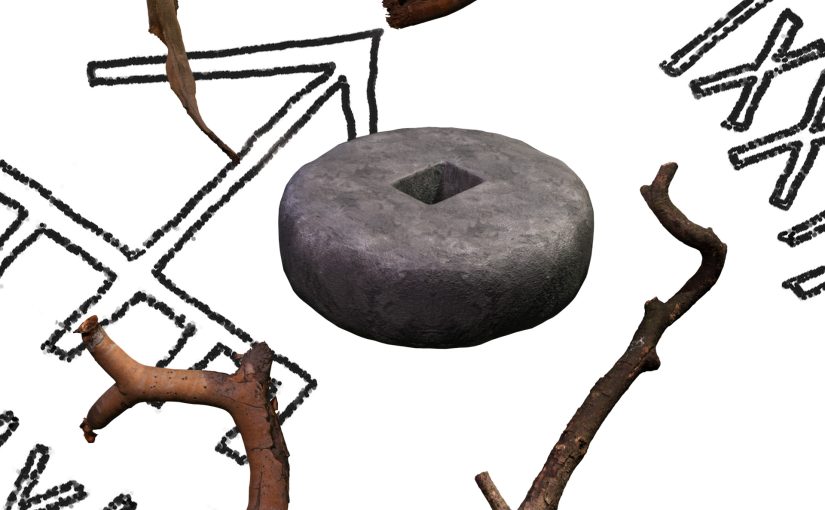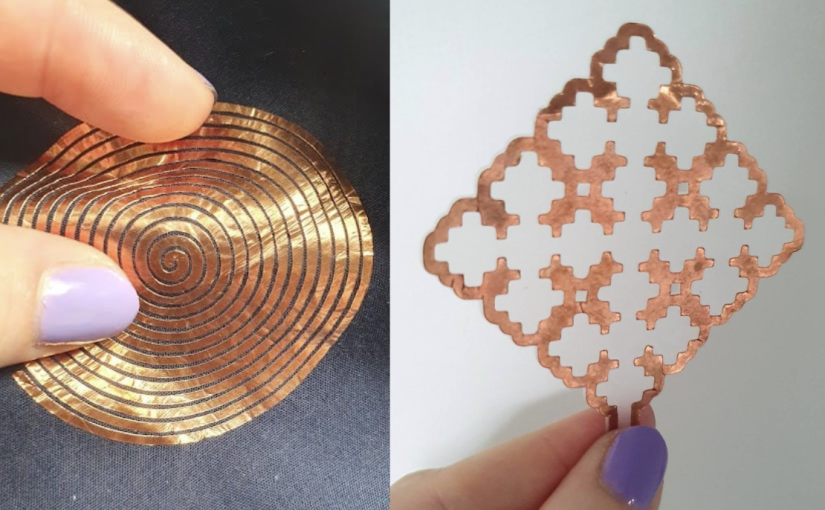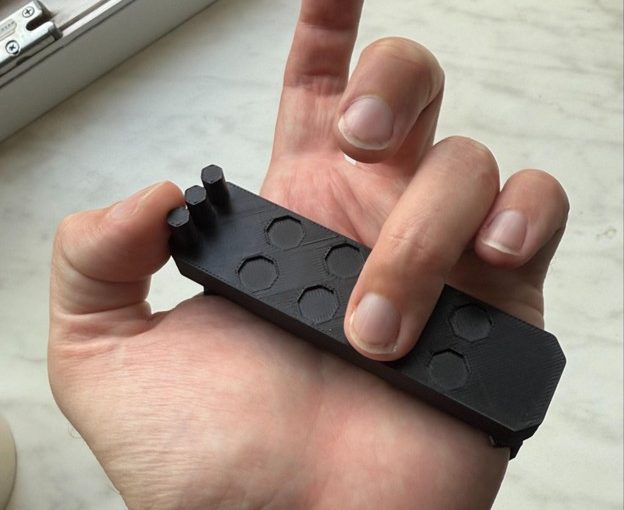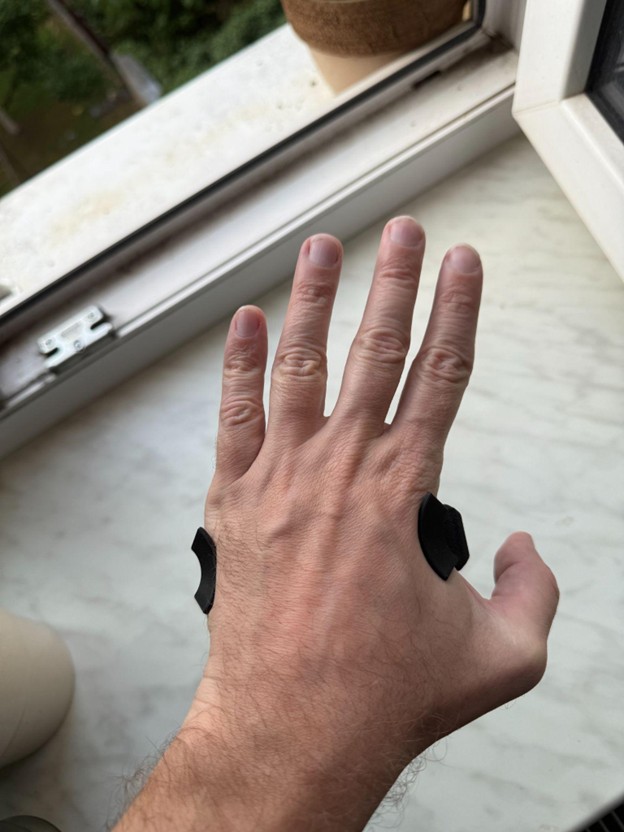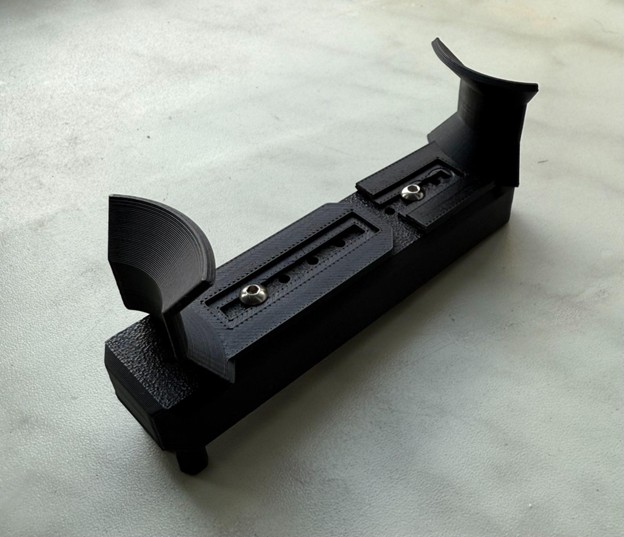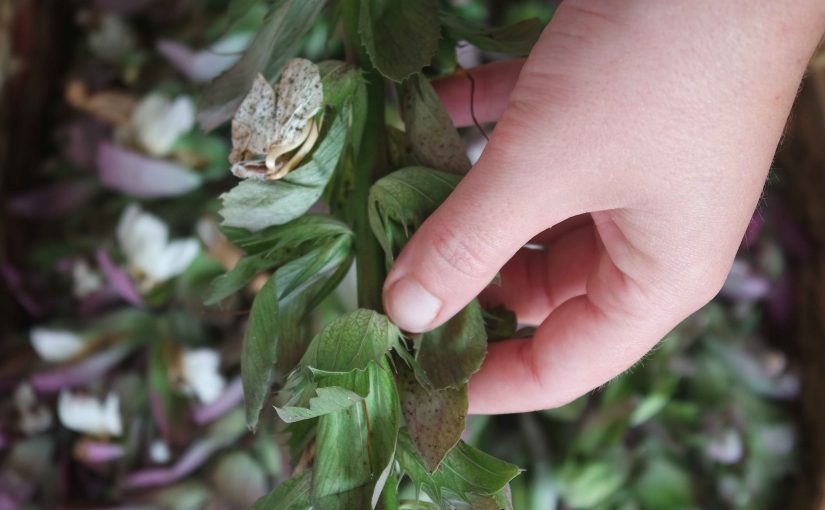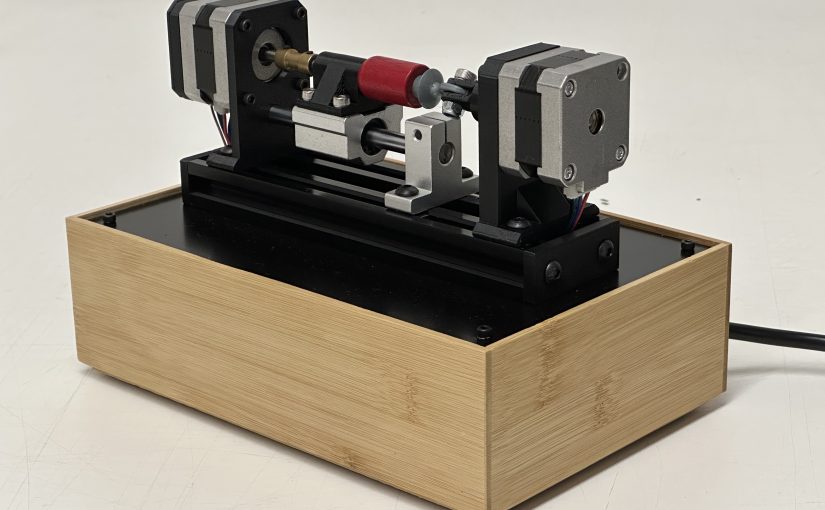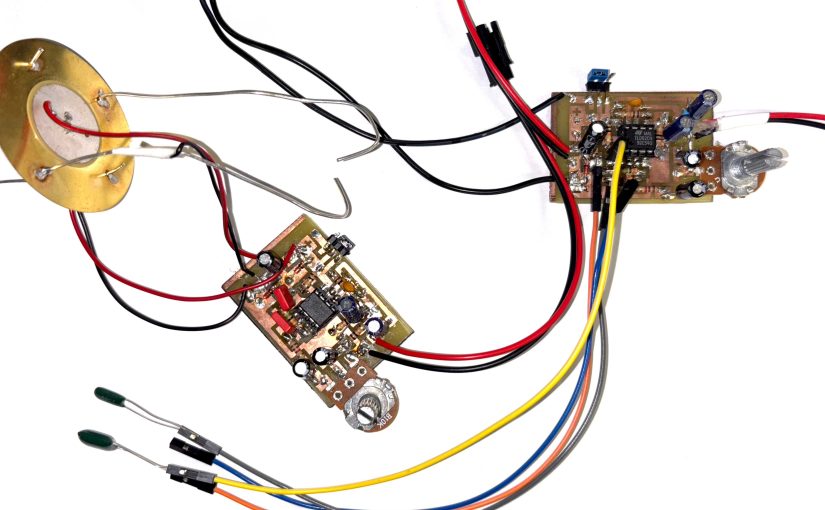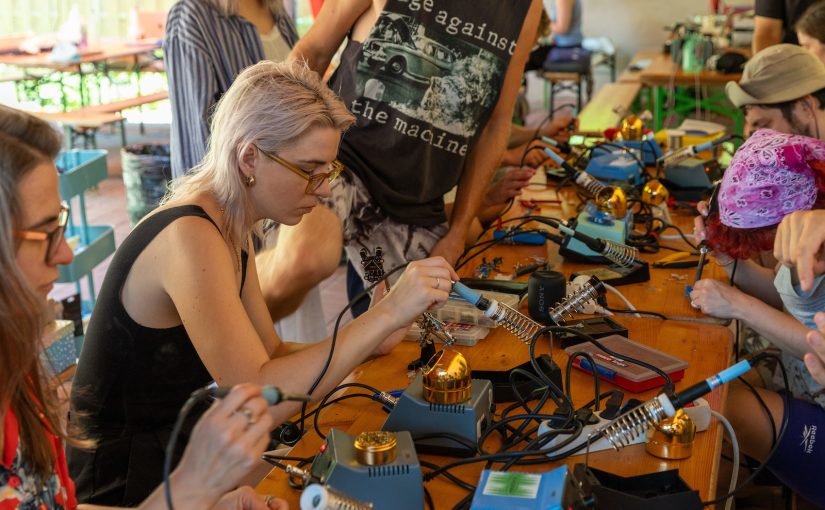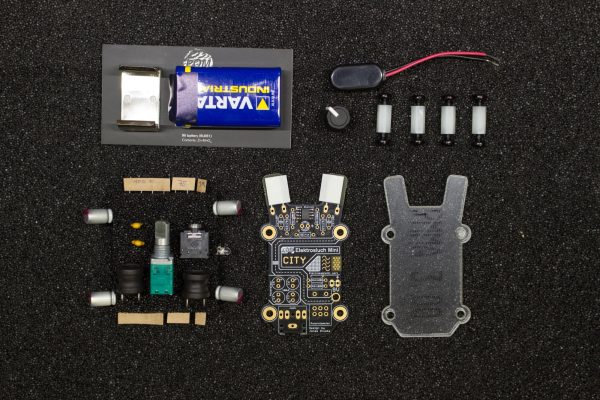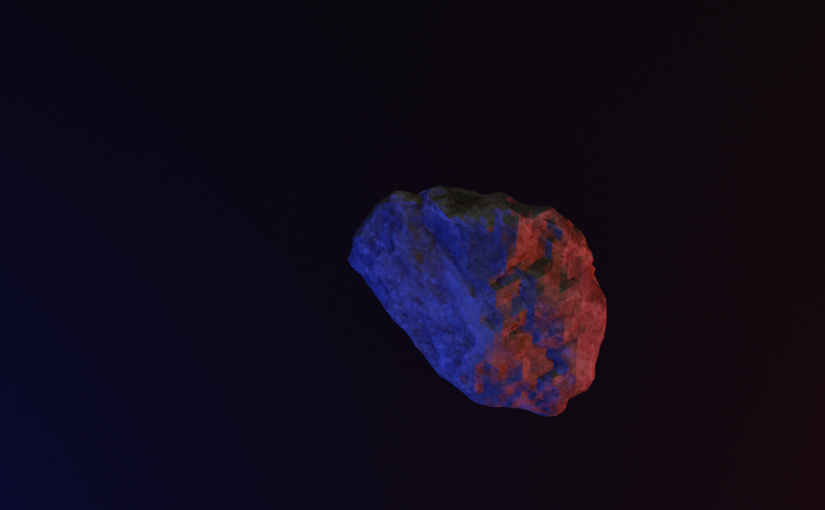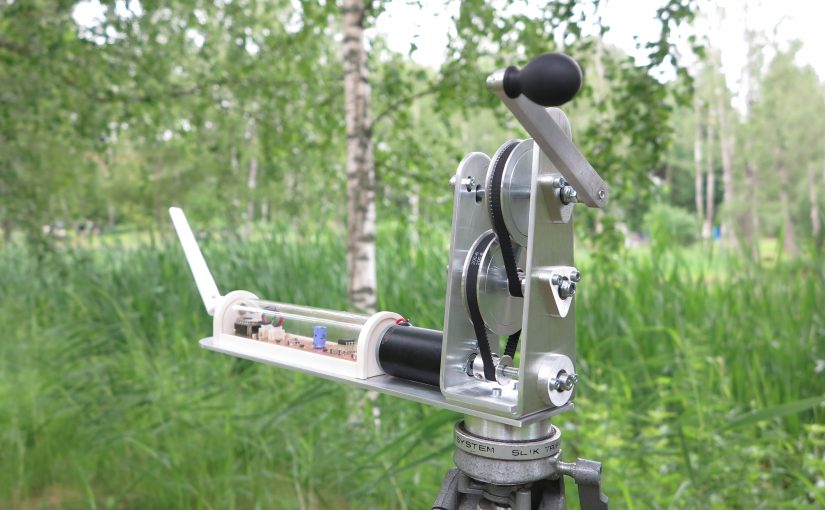In Posočje, accelerated technological development, post-war emigration and pressure from established (religious and governmental) institutions has caused the collective ancient spiritual practices (staroverstvo) to fade away. Yet, remnants and records still speak of alternative social structures that formed and persisted despite centuries of repression. Their persistence can be credited partly to the conspiracy of silence (zarota molka), a mode of deception and organisation, a secretive transfer of knowledge through aesthetics, household tools and even the arrangement of houses and burial sites in the villages. Stone was the central material of this religious heritage, with the changes in its texture and surface defining its role and placement within everyday rituals.
In her project, Celeste wants to work with these concealed bonds and calculations that were driving the organisation of villages and the pulse of everyday actions. Using a ToF sensor and a metallic framework, she plans to scan the surfaces of stones to create visualizations, give light to new symbols (derived from these surface readings) and therefore completing new fictions that force themselves into this reality. She might even explore incorporating sound to further enhance the experience.
